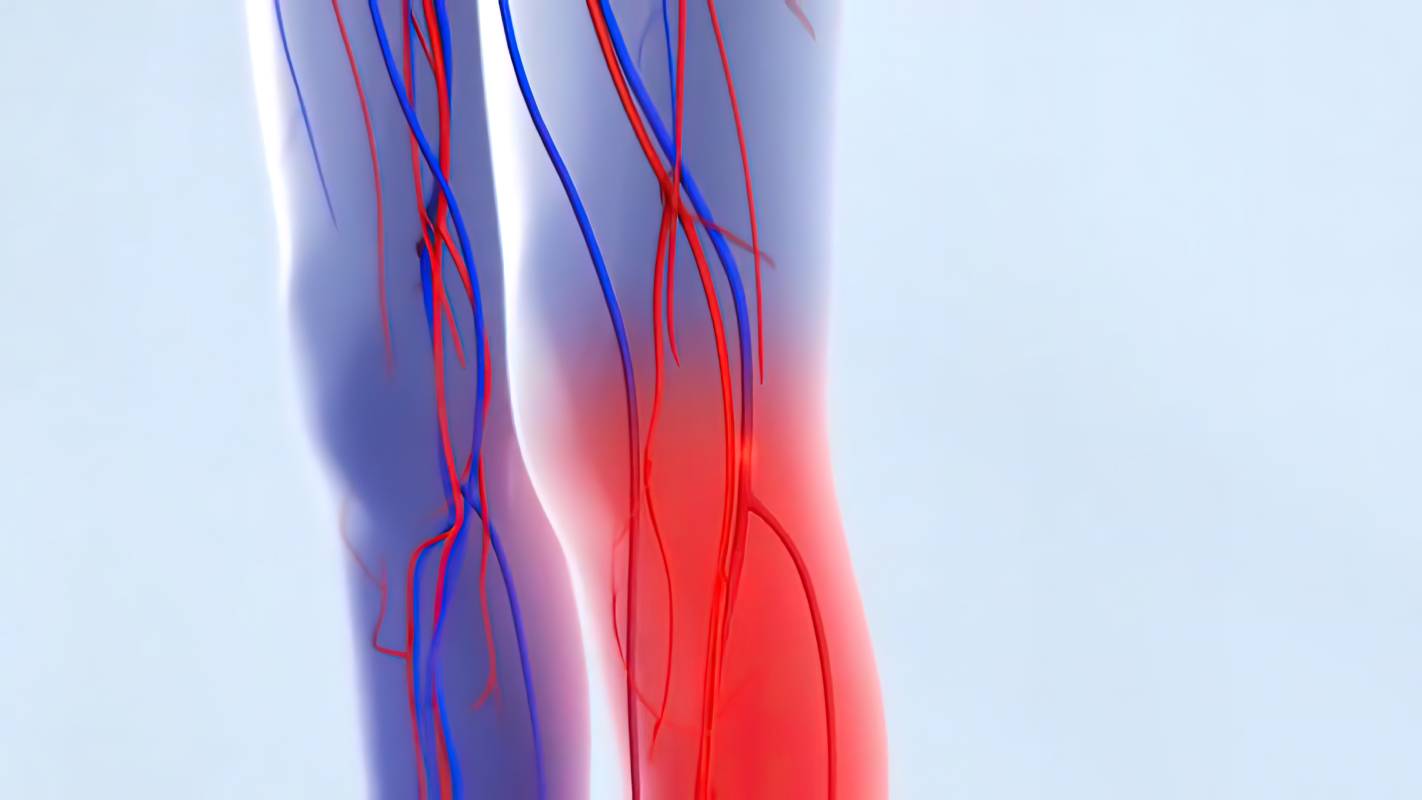Surgery comes with many risks and complications. One enduring and dangerous complication during recovery is blood clot formation, typically in the deep veins of the legs but also in other locations throughout the body. These clots can become dislodged and travel to the lungs. Such pulmonary emboli are extremely dangerous and are associated with high mortality and morbidity. Clots becoming stuck in blood vessels in the heart or brain are also highly dangerous. Reducing the risk of clots and thrombosis after surgery is a critical area for improving patient outcomes.
Blood clot-related complications after surgery are difficult to detect in time for intervention, and when they do occur, outcomes can be severe. Prevention is therefore the best strategy for reducing the risk associated with clots after surgery. A number of different prevention techniques can be applied either in-hospital or at home during recovery [1]:
Antithrombotic medications: There are two classes of medications which can reduce the chances of clots forming in the veins and arteries throughout the body: antiplatelet medications, which prevent the activation of platelets, and anticoagulants, which slow clot formation and reduce the stability of clots [2]. Antithrombotic medications come in a wide variety of delivery methods, including intravenously, as an injection, or orally [1]. Oral medications can be obtained as a prescription or over-the-counter, depending on strength. Common prescription anticoagulants include warfarin and heparin [3]. Because spontaneous bleeding is a possible side effect of strong antithrombotic medications, doctors may advise lower-risk patients to take an over-the-counter regimen of baby aspirin instead.
Compression stockings: Pooling or stagnant blood in the extremities can increase the risk of a deep vein thrombosis. Compression stockings can help prevent this from occurring by moderately altering circulation and directing blood flow towards the heart [1].
Exercise: Light exercise is often recommended by healthcare providers to reduce the risk of deep vein thrombosis after surgery [1]. Common interventions include frequent movement of the legs/feet (such as in a flutter kick or circular motion when lying supine) or ambulatory exercise (walking). This can be performed under supervision in a hospital setting or throughout at-home recovery. Towards the end of recovery, patients may begin to perform exercises in a progression back to normal activity levels.
Sequential compression devices (SCDs): SCDs work much like a blood pressure cuff for your leg: they tighten and restrict blood flow temporarily, ultimately massaging the veins and arteries of the lower extremity and encouraging circulation. Most SCDs are used in a hospital setting, but they may also be made available through providers of out-patient care [1]. Some patients may purchase their own SCDs privately for longer-term recovery and use.
Many of these interventions are cost-effective, time-effective, and can be done easily in either clinical or non-clinical settings. In other words, reducing the risk of clots after surgery is readily achieved. One of the biggest obstacles to clot prevention is mere adherence: for example, patients may find leg compression stockings uncomfortable, or forget to do exercise and take antithrombotic medications consistently. Physicians and other healthcare providers might do best to impress the importance of sticking to a strict regimen and discuss specific implementation plans that are feasible for each patient, especially for those who are at a high risk of thrombosis.
References
1. Preventing deep vein thrombosis after surgery. Saint Luke’s Health System. (n.d.). Retrieved February 27, 2023, from https://www.saintlukeskc.org/health-library/preventing-deep-vein-thrombosis-after-surgery
2. Moster, M., & Bolliger, D. (2022). Perioperative guidelines on Antiplatelet and Anticoagulant Agents: 2022 update. Current Anesthesiology Reports, 12(2), 286–296. https://doi.org/10.1007/s40140-021-00511-z
3. Wigle, P., Hein, B., Bloomfield, H. E., Tubb, M., & Doherty, M. (2013, April 15). Updated guidelines on outpatient anticoagulation. American Family Physician. Retrieved February 27, 2023, from https://www.aafp.org/pubs/afp/issues/2013/0415/p556.html
